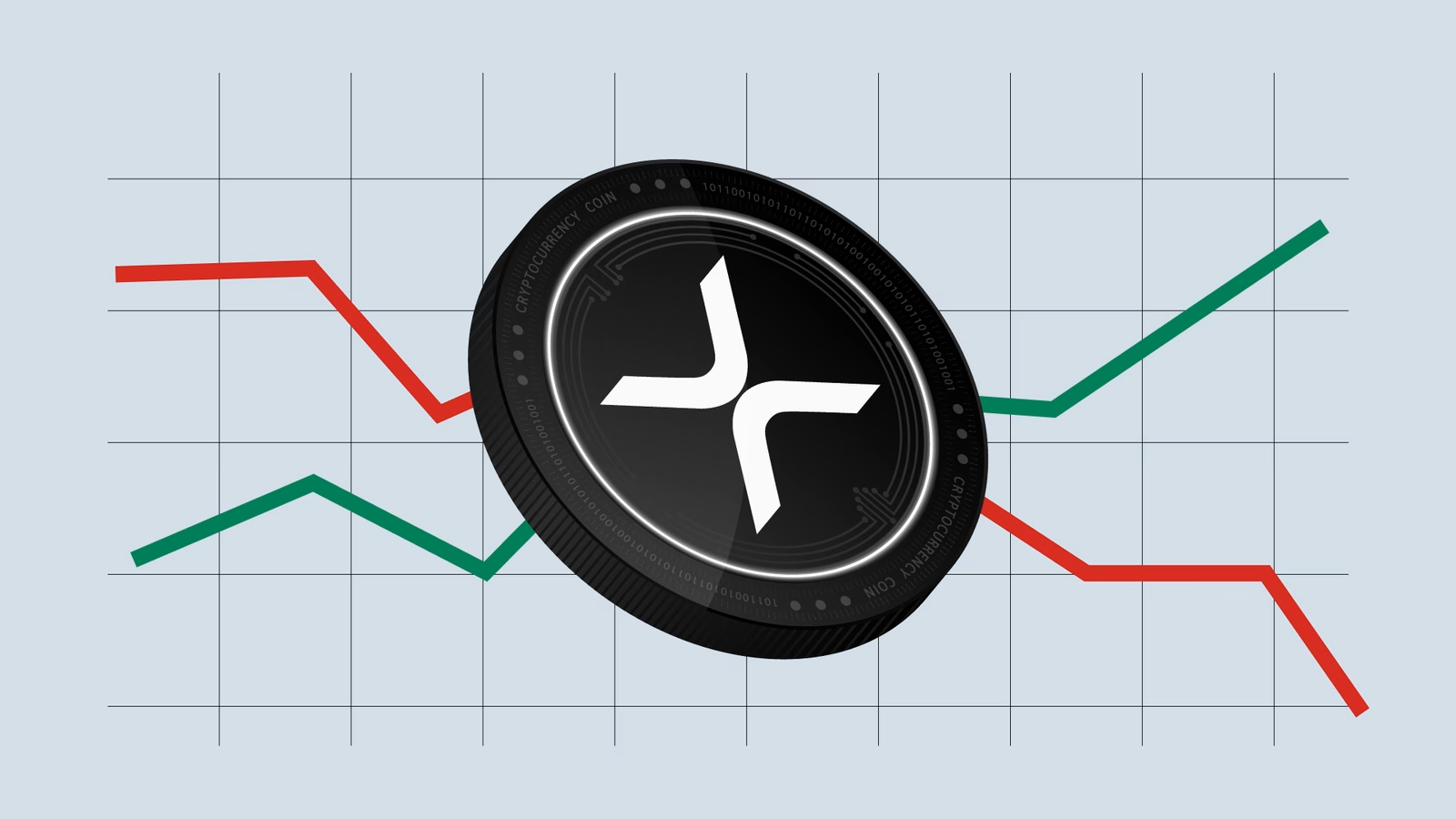As the global financial landscape evolves with the rise of blockchain technology, few topics spark as much speculation as whether XRP, the digital asset associated with Ripple Labs, is poised to replace SWIFT — the dominant international payment network used by over 11,000 banks worldwide. While XRP and Ripple are pushing hard for a more efficient, real-time alternative, is a full replacement actually on the horizon?
Here’s what we know — and what’s still just hype.
What Is SWIFT?
SWIFT (Society for Worldwide Interbank Financial Telecommunication) is a 50-year-old messaging network used by financial institutions to send and receive information about transactions. It’s not a payment processor itself, but a secure communication channel.
Problems with SWIFT include:
- Slow transaction speeds (often 2–5 days)
- High fees
- Limited transparency
- Vulnerability to sanctions and political pressure
What Is Ripple and XRP?
Ripple is a company building blockchain-based payment solutions, while XRP is the digital asset it uses in its On-Demand Liquidity (ODL) product. XRP serves as a bridge currency to settle cross-border payments instantly and at a lower cost.
Ripple claims its system can:
- Settle payments in seconds
- Reduce costs by up to 60%
- Eliminate the need for pre-funded nostro/vostro accounts
Who’s Using Ripple Now?
Ripple has formed partnerships with more than 300 financial institutions globally, including:
- Santander
- PNC Bank
- SBI Holdings
- Tranglo
- Bank of America (rumored)
However, not all of these institutions are using XRP — many use RippleNet (Ripple’s messaging system), but not necessarily its native token.
Is XRP Replacing SWIFT?
Where XRP Has the Edge
- Real-time settlement vs. SWIFT’s batch system
- Greater transparency via blockchain
- Potential for interoperability with CBDCs (central bank digital currencies)
- Growing traction in Asia, Latin America, and the Middle East
Challenges to Replacing SWIFT
- SWIFT is deeply embedded in global infrastructure
- Regulatory concerns around XRP (e.g., SEC lawsuit in the U.S.)
- Banks are historically slow to adopt disruptive tech
- Not all RippleNet partners use XRP for liquidity
Recent Developments
- Ripple’s recent wins in U.S. courts have strengthened confidence in XRP as a legitimate digital asset
- SWIFT itself is upgrading its network to ISO 20022, and even piloting blockchain interoperability projects with partners like Chainlink
- Central banks are cautiously exploring blockchain for cross-border settlement, but most prefer private permissioned networks over public assets like XRP
Final Verdict: Coexistence, Not Replacement (Yet)
XRP is not replacing SWIFT outright — at least not yet. But it’s challenging the status quo, especially in regions where speed, transparency, and cost matter more than legacy systems.
Ripple’s vision is ambitious, and the infrastructure it’s building could eventually become a parallel rails system for real-time, low-cost international finance. In the long term, XRP’s success depends on:
- Regulatory clarity
- Strategic adoption by central banks and commercial institutions
- Continued reliability and performance
















